Before Buying the iPhone 16e: Things You Must Know
The iPhone SE series was improved and relaunched as the iPhone 16e at Apple's recent launch event. Expectations are raised by the new name, yet there has been much discussion over how it has performed. There are disappointments as well as surprises. In order to determine whether this phone is worth your money, we will examine its advantages and disadvantages today.
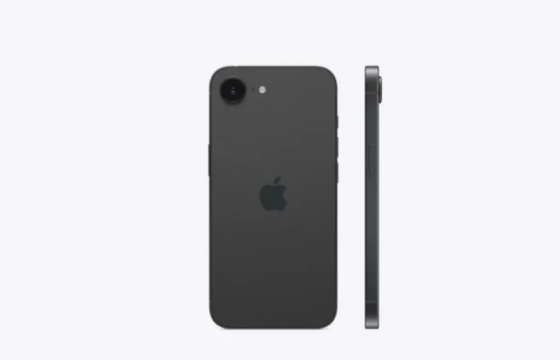
1. Design and Display
The iPhone 16e and the iPhone 14 have a lot of design similarities. Users who appreciate the newest design trends may be disappointed because it has the traditional notch design and does not have the Dynamic Island function. Similar to the iPhone 14, the gadget has a 6.1-inch OLED screen with a resolution of 2532 x 1170, however it is not as bright or as sharp as the iPhone 15 and 16. Despite having an iPhone-like appearance, the screen's overall brightness and color accuracy are not as good as those of the newest versions.
Pros:
- 6.1-inch OLED screen with clear display quality.
- Similar design to the iPhone 14, adhering to Apple's classic style.
Cons:
- Lower resolution and brightness compared to the iPhone 15 or 16 series.
- Retains the notch design without adopting the more advanced Dynamic Island.
RELATED:Still Rocking Last Year's Phone? These 20 Cases Will Give It an iPhone 16 Vibe
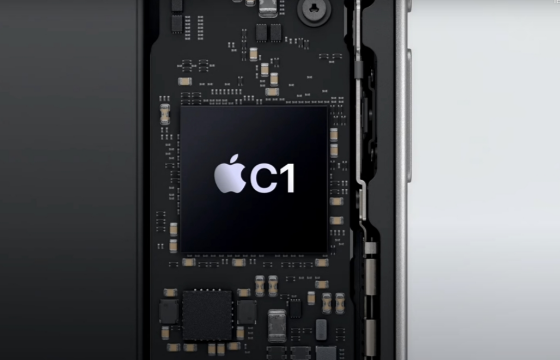
2. Hardware Configuration
With a few concessions, the iPhone 16e's hardware configuration is comparable to that of the iPhone 14. Although it has one fewer GPU core, it is powered by the A18 processor. This indicates that the processor's ability to process graphics is considerably reduced, even if it is still very powerful. Furthermore, it only has 6GB of RAM instead of the anticipated 8GB, which could cause performance problems for demanding programs.
Pros:
- Equipped with the A18 processor, delivering strong overall performance.
- Excellent battery life, thanks to Apple's C1 5G chip, which provides efficient battery management.
Cons:
- Reduced graphics processing capability due to one less GPU core.
- Only 6GB of RAM, below the standard for devices in this price range.
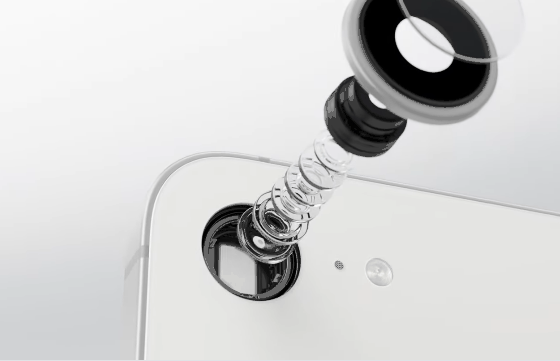
3. Camera
With a 48MP single-lens configuration and 2x optical zoom, the iPhone 16e has a powerful camera. Although the lens functions well, it lacks action mode and cinematic video recording, as well as support for the new photo styles that were introduced in the 16 series. Photography aficionados hoping for sophisticated shooting features could be disappointed by this. The 12MP front camera is identical to the 16 series, but it does not have the cinematic mode, which means that the quality of the images and videos is somewhat compromised.
Pros:
- 48MP rear camera with 2x optical zoom.
- 12MP front camera suitable for everyday selfies.
Cons:
- Lacks support for the 16 series' photo styles, cinematic video recording, and action mode.
- Only a single lens, leading to a more limited photography experience
RELATED: Camera Showdown: Samsung S25 Ultra vs iPhone 16 Pro Max - Which Is Better?
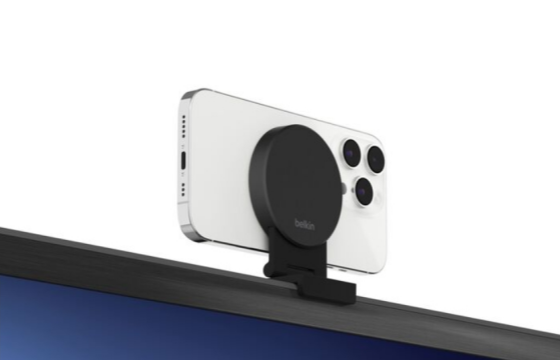
4. Absence of MagSafe
Regretfully, the iPhone 16e lacks MagSafe, Apple's wireless charging and magnetic accessory mechanism that was first introduced with the iPhone 12 series. Many people have been taken aback by this, particularly considering how much its look and setup resemble that of the iPhone 14. Although wireless charging is supported, its basic 7.5W charging speed is far slower than that of other high-end models.
Pros:
- Supports wireless charging, offering a more convenient experience than traditional wired charging.
Cons:
- No MagSafe functionality, preventing the use of magnetic accessories.
- Wireless charging is limited to 7.5W, resulting in slower charging speeds.
RELATED: Upgrade Your Accessories This New Year: MagSafe Gear That Works Without an iPhone 16
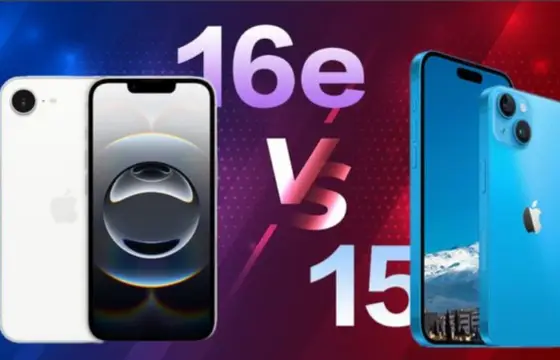
5. Comparison: iPhone 15 vs 16e
Apple's latest duo reveals an intriguing divergence in priorities. Having tested both devices side-by-side, here's where these siblings truly differ:
Design Philosophy
While both share ceramic builds and 6.1" OLED displays, the 15 showcases Apple's vision for premium interactivity. Its Dynamic Island doesn't just house sensors - it transforms notifications into living animations, particularly stunning under the 2000-nit peak brightness that makes HDR content pop outdoors. The 16e's notch feels nostalgic in comparison, though its 1200-nit screen remains perfectly serviceable for daily use.
Camera Choices
The 15's dual-camera system offers creative flexibility: 48MP main sensor captures extraordinary detail, while the 12MP ultra-wide excels at dramatic landscape shots. The 16e counters with practical precision - its single 48MP shooter delivers cleaner 2x optical zoom shots than digital cropping allows. Both share impressively cinematic 4K/60fps front cameras that make TikTok creators rethink their mirrorless setups.
Performance
Here's the twist: The 16e's A18 chip isn't just faster: it's smarter about power management. During marathon GPS navigation tests, it lasted 6 hours longer than the 15 while maintaining smoother frame rates. But the 15 fights back with its MagSafe ecosystem - that satisfying magnetic snap enables everything from wallet attachments to effortless 15W wireless charging, something the 16e's basic 7.5W Qi charging can't match.
In summary, the iPhone 16e offers improvements in performance and battery life at a lower starting price, while the iPhone 15 excels in photography, charging convenience, brightness, and overall design. If you're looking for value and the latest performance, the iPhone 16e may be more suitable; however, if you prioritize photography and a comprehensive experience, the iPhone 15 is the better choice.





